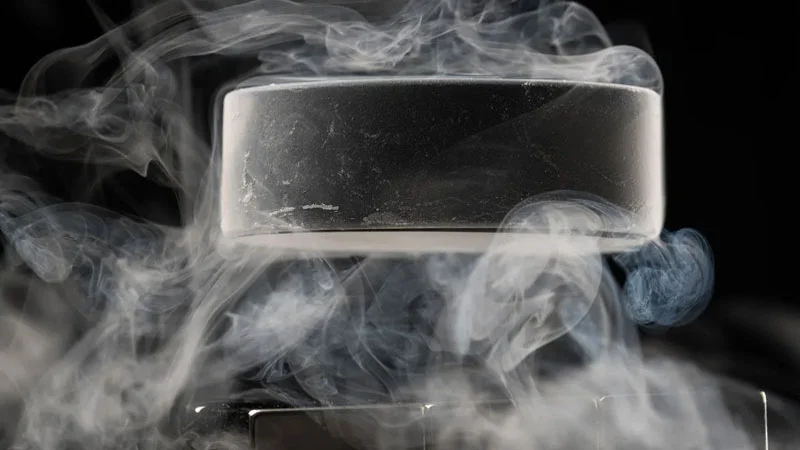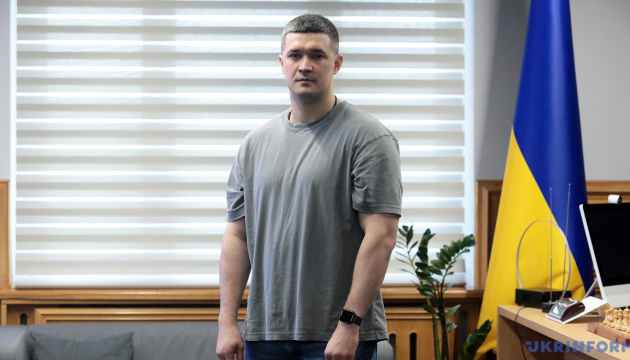On the preprint website arXiv.org An article has been published in which Chinese scientists talk about their own experiences with the noisy “superconducting” material LK-99. LK-99 samples obtained in two independent Chinese laboratories showed signs of superconductivity at lower ambient temperature but normal atmospheric pressure; This is actually a revolution if the experience is repeated by other scientists.
The South Korean researchers’ original work made a splash because it moved from the scientific arena to the media arena and began to live a life of its own. The LK-99 material discovered by scientists was claimed to have superconductivity at approximately 20°C and normal atmospheric pressure. It promised to fundamentally transform energy, industry, and even medicine.
Unfortunately, it was not possible to reproduce the results of Korean scientists in other laboratories. More precisely, if we talk about the manifestations of superconductivity in LK-99, everything was so shaky and unstable that the work was withdrawn from the scientific journal and the authors were accused of inability to conduct experiments and low literacy.
However, LK-99 showed something that did not match previous experience, and some teams continued to work with it. Thus, Chinese scientists demonstrated that the material can be reproduced in addition to its claimed properties. But judging by the article, scientists paid more attention to the presence of sulfur in samples, while sulfur was considered a contaminant in the original LK-99.
An important difference of the new experiments was that signs of superconductivity appeared at −23 °C (250 K) and not at positive temperature. But this is not scary. Cooling equipment and power lines to -23 °C is much easier and cheaper than cooling them to above hundreds of degrees Celsius, as is currently done to achieve superconductivity. Most importantly, superconductivity shows signs at normal atmospheric pressure. Materials have been found before that exhibit superconductivity at -20 °C, but only in the case of enormous pressure.
Chinese scientists speak cautiously about signs of superconductivity in their articles. They observed the effect of displacement of the electromagnetic field (Meissner effect) from the samples at a temperature of -23 °C and also proved that the samples did not belong to ferromagnets.













